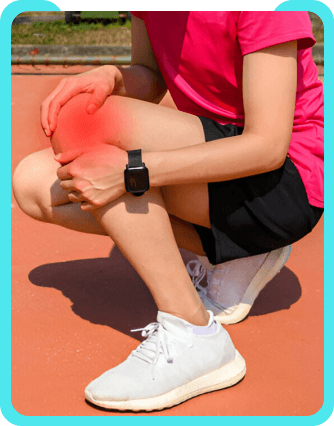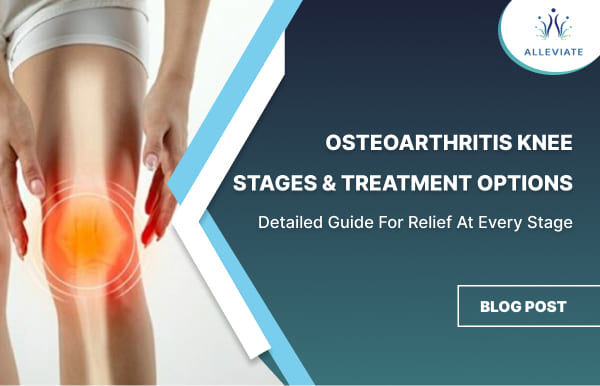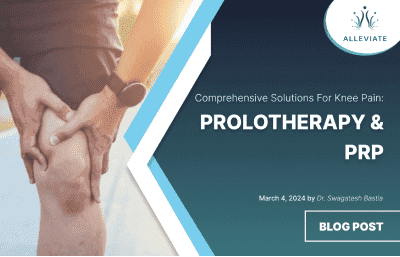
Iliotibial Band Syndrome
- Home
- Conditions
- Knee pain
- Iliotibial Band Syndrome
Iliotibial band syndrome (ITBS) — also known as iliotibial band friction syndrome — is a common and often maddeningly stubborn repetitive strain injury that causes pain mainly on the side of the knee, especially when descending stairs and hills. The injury mostly plagues runners, but it’s not their problem exclusively: a few unlucky cyclists and hapless hikers will get it, and even some relatively inactive people who are more vulnerable in the aftermath of a knee surgery.
The side pain is in contrast to the other runner’s knee, patellofemoral pain, which causes pain on the front of the knee and often gets mixed up with ITBS. Another common point of confusion: contrary to popular belief, ITBS is not a hip or thigh problem
Treatment for Iliotibial Band Syndrome
Causes of IT band syndrome
ITBS is caused by excessive friction from the IT band being overly tight and rubbing against bone. It’s primarily an overuse injury from repetitive movements. ITBS causes friction, irritation, and pain when moving the knee. It seems to happen only in some people, though the reasons for this are unclear.
It’s especially common for cyclists and runners. It can even develop from repetitively walking up and down stairs, wearing high heels, or sitting for long periods with bent knees.
Risk factors for developing ITBS include
- preexisting iliotibial band tightness or prior injury
- weak hip, gluteal, and abdominal muscles
- walking or running on a track or uphill
- weakness or lack of flexibility
- excessive sitting
- weak knee extensor, knee flexors, and hip abductors
- repetitive activities such as running and cycling
- knee arthritis
- unbalanced leg lengths
- bowlegs
- flat feet
Who gets IT band syndrome?
ITBS can affect anyone. It’s especially common among runners, cyclists, and hikers. Athletes who use their knees such as basketball players, soccer players, and weightlifters are more likely to develop ITBS.
Usually people who get IT band syndrome are younger athletes or people who exercise regularly. Often, it’s due to mistakes in training that can usually be corrected.
Training mistakes include
- not warming up or cooling down properly
- pushing yourself past your limits
- straining your body
- not resting enough between workouts
- wearing improper shoestraining on the wrong surfaces
- incorrect bicycle fitting
- increasing training too quickly
- using poor form
- symptoms, health history, and a physical exam. It’s not the only cause of outer knee pain, so you may get an X-ray to rule out other causes.
How Is It Treated?
Since the iliotibial band goes from the hip area across the knee area, it traverses two joints. If either of these two joints is weakened or has ligament laxity, the tibia and/or femur will move excessively. This will put extra stress on the iliotibial band. In runners with iliotibial band syndrome, Prolotherapy would be recommended into and around their knees and hips.
If the hip is evaluated and considered stable, then an athlete with iliotibial band syndrome will get Prolotherapy to the area on the tibia where the iliotibial band attaches. If there are other parts of the iliotibial band that are tender on the athlete besides the attachments, then these areas are treated with the components of Comprehensive Prolotherapy, including Neurofascial Prolotherapy, and/or Platelet Rich Plasma to increase healing to the area. Typically 3-6 visits of Prolotherapy are needed. The treatments can be done weekly, if necessary. Generally after two treatments the athlete starts working out again.
The safest and most effective natural medicine treatment for repairing tendon, ligament and cartilage damage is Prolotherapy. For the athlete with chronic lateral knee pain, an evaluation by a Prolotherapist is warranted. We have treated many cases of iliotibial band syndrome in athletes (mostly runners) successfully with Prolotherapy.
Some basic steps can help ease the pain and swelling
- Don’t do activities that trigger the pain.
- Take over-the-counter pain relievers.
- Wrap an ice pack in a towel and put it on the outside of your knee for 10-15 minutes at a time.
A physical therapist can
- Give you tips for how to best warm up and cool down
- Help you choose footwear and, if you need them, shoe inserts Show you exercises to help strengthen and stretch your IT band and leg muscles
- Talk to you about how to adjust your training schedule
- Teach you how to improve your form to go easier on your body Use friction massage, ice, or ultrasound to help with pain and swelling
- That usually does the trick, though some people need injections to help with pain and swelling.
How Can I Prevent IT Band Syndrome?
To help prevent IT band syndrome, you can:
- Allow plenty of time to properly stretch, warm up, and cool down.
- Give your body enough time to recover between workouts or events.
- Run with a shorter stride.
- Run on flat surfaces or alternate which side of the road you run on.
Replace your shoes regularly. - Stretch your IT band, hip muscles, thigh muscles, and hamstrings often.
- Use a foam roller to loosen up your IT band.
Video Spotlight
Blog
Surgery-Free Solutions
Expert Tips for Pain Management
Testimonials
Words From Our Patients
The treatment was very good and the doctor Faraz Ahmed was very kind to the patient and explained clearly the procedure of knee bilateral ha & treatment And we were advised to do physiotherapy. We are very much satisfied. We would recommend this alleviate pain clinic. Thank you
Got treatment of Treatment and HA for right knee arthritis a month ago and finding good relief from pain. Was treated by Dr Swagtesh Bastia who explained very well about the injections and the treatment was painless. The front desk staff were very kind and very helpful and physiotherapy was also done expertly, overall good experience
Alleviate Pain Management clinic has been a godsend for my mom's knee pain. She has been treated by Dr. Wiquar Ahmed. The attentive staff provided personalised care, and after her treatment, she's feeling remarkably better. Thank you for giving my mom the relief she deserves!
The clinic is super clean with a great OT and most importantly all the staff here are very helpful and considerate. My gratitude to Dr Roshan, the nurses, and support staff - they were always available to assist with any issues post procedure and they even made an extra effort to make a home visit for a follow up check-up. This team here is the perfect example of healing and care with a human touch. Thank you!!!!!
My wife had knee pain I have visited alleviate pain and consulted doc santhoshi now she is able to walk pain free and can do her daily activity than before.the physiotherapist here Dr akhila also helped her with few exercises and the staff here Abdul explained all the procedures well . Thank you PPL can visit here for pain relief







